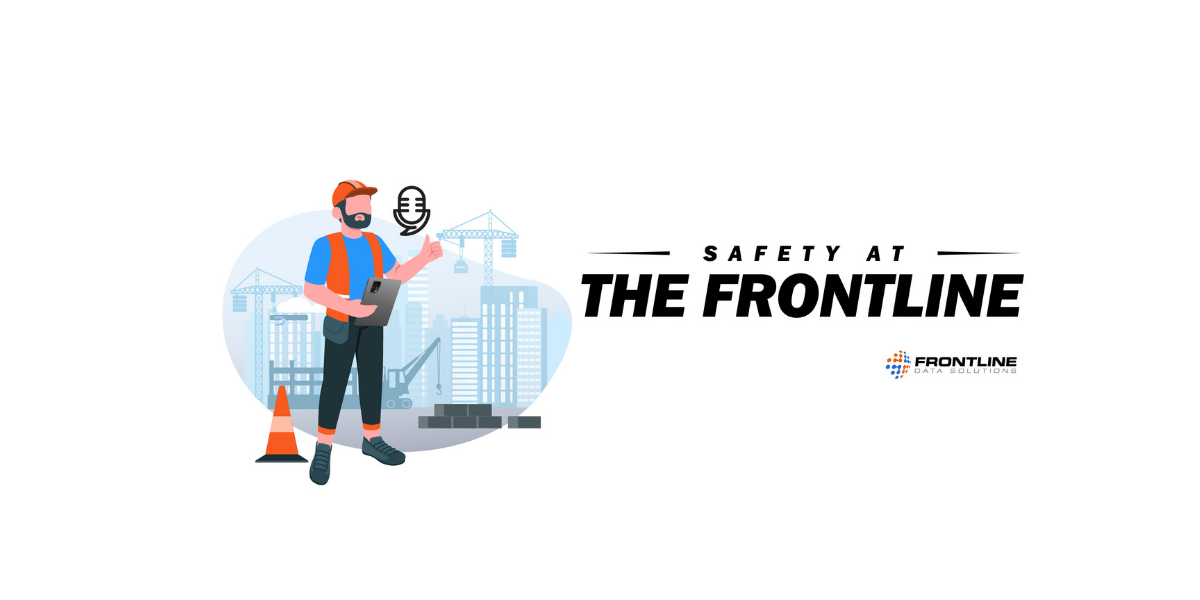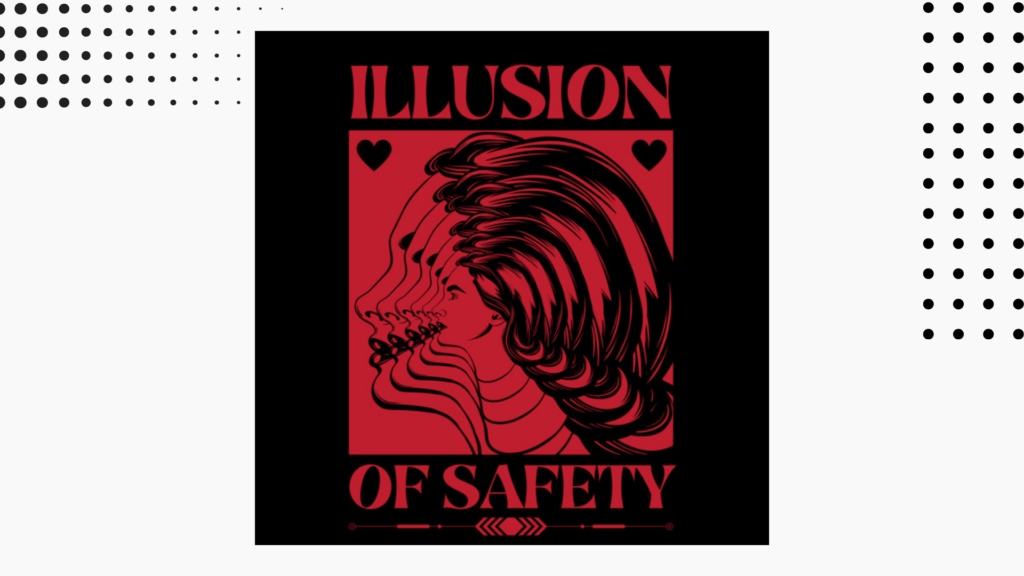What’s going on in EHS this week? Find out with Safety at the Frontline!
Tune in on Mondays to get the latest safety news with Frontline’s podcast. We’re covering the top EHS news, along with some quick and useful tips, so you can stay safe and keep rocking on the frontlines.
Biden signs an executive order to protect America’s forests
Last Friday was Earth Day, so with that in mind, we’re starting this week’s episode off with environmental updates. President Joe Biden is taking action to address the effect of the climate crisis on America’s forests. On Earth Day he visited Seattle to sign an executive order protecting some of the nation’s largest and oldest trees. The measure is intended to safeguard national forests that have been severely damaged, including recent fires that killed thousands of giant sequoias in California.
USDA invests $800M in climate-smart infrastructure
In other news, Agriculture Secretary Tom Vilsack announced that the U.S. Department of Agriculture is investing nearly $800 million in climate-smart infrastructure in 40 states, Puerto Rico, and the Northern Mariana Islands. These investments are planned to strengthen the health and livelihoods of people across rural America. They include funding for 165 projects to expand access to safe water and clean energy for people living in disadvantaged communities.
OIG inspects OSHA
We’ve had more than 10 episodes, talking about OSHA inspections or audits or investigations. This piece of news is also about an OSHA audit, but not the kind you’re thinking of.
According to the Department of Labor Office of Inspector General audit report, during the pandemic, OSHA “lost valuable opportunity” to better protect workers by “not identifying federal partners in a position to assist during a large-scale safety and health crisis and not having or creating collaborative agreements with those partners.”
The Office of Inspector General interviewed OSHA professionals, analyzed referral data, and reviewed data on high-risk industries, and interagency collaboration.
They concluded that OSHA neither worked with other agencies’ enforcement and oversight personnel nor tracked or analyzed inspection-related referrals from other agencies to determine if those agencies were regularly referring potential hazards related to COVID-19. OSHA also didn’t calculate its related outreach and training needs and didn’t have “up-to-date agreements with federal counterparts conducting enforcement or oversight activities during the pandemic that would have enabled OSHA to capitalize on collaborative efforts.”





